5 Must-Know Digital Marketing Strategies for Auto Dealers
In the highly competitive automotive industry, effective digital marketing strategies are essential for auto dealers to stand out, attract customers, and boost sales. With the majority of car buyers starting their research online, leveraging the right digital marketing techniques can significantly enhance your dealership’s online presence and drive more traffic to your showroom. This comprehensive guide explores the five must-know digital marketing strategies that every auto dealer should implement to dominate the digital landscape.
Table of Contents
1. Search Engine Optimization (SEO)
SEO is the cornerstone of digital marketing, helping your dealership appear prominently in search engine results. By optimizing your website for relevant keywords and enhancing its structure, you can attract more organic traffic and potential buyers.
1.1 On-Page SEO
On-page SEO involves optimizing individual web pages to rank higher and earn more relevant traffic. Key elements include:
- Keyword Optimization: Identify and incorporate relevant keywords into your content, titles, headers, and meta descriptions. Focus on local keywords such as "car dealership in [City]" to attract local buyers.
- Content Quality: Create high-quality, informative content that addresses the needs and interests of your target audience. This can include detailed vehicle descriptions, buying guides, and customer testimonials.
- Internal Linking: Use internal links to guide visitors to related content, improving navigation and reducing bounce rates.
- Example: "Optimize your homepage with keywords like 'best car dealership in Austin' and provide detailed descriptions of your inventory to enhance relevance and engagement."
1.2 Off-Page SEO
Off-page SEO refers to activities outside your website that impact your rankings. Building a strong backlink profile and enhancing your online reputation are crucial.
- Backlinks: Acquire high-quality backlinks from reputable websites such as local business directories, automotive blogs, and news sites. This signals to search engines that your dealership is authoritative and trustworthy.
- Social Signals: Engage on social media platforms to increase your content's reach and generate more backlinks organically.
- Example: "Partner with local automotive bloggers to feature your dealership in their articles, providing backlinks to your website and enhancing your SEO."
1.3 Technical SEO
Technical SEO ensures that search engines can crawl and index your website efficiently. Key aspects include:
- Site Speed: Optimize your website's loading speed to improve user experience and search rankings. Compress images, leverage browser caching, and minimize CSS and JavaScript files.
- Mobile-Friendliness: Ensure your website is responsive and provides a seamless experience on mobile devices, as a significant portion of users access the web via smartphones.
- Secure Website (HTTPS): Use HTTPS to secure data transmission, which is also a ranking factor for search engines.
- XML Sitemap: Create and submit an XML sitemap to search engines to facilitate better indexing of your website's pages.
- Example: "Improve your site speed by optimizing image sizes and implementing lazy loading, ensuring potential buyers have a smooth browsing experience."
2. Pay-Per-Click Advertising (PPC)
PPC advertising allows auto dealers to reach potential customers quickly by placing targeted ads on search engines and social media platforms. By bidding on relevant keywords, you can drive immediate traffic to your website and generate leads.
2.1 Google Ads
Google Ads is a powerful PPC platform that enables you to display ads in Google search results and across the Google Display Network. It offers precise targeting options and measurable results.
- Keyword Targeting: Bid on keywords that potential buyers are searching for, such as "buy used cars in [City]" or "new SUVs for sale."
- Ad Extensions: Utilize ad extensions like location, call, and site link extensions to provide additional information and increase ad visibility.
- Budget Management: Set daily and monthly budgets to control your ad spend and ensure a positive return on investment (ROI).
- Example: "Create a Google Ads campaign targeting keywords like 'best car dealership in Austin' with location extensions to attract local buyers."
2.3 Retargeting Campaigns
Retargeting campaigns help you re-engage users who have previously visited your website but did not convert. By displaying targeted ads to these users, you can increase the chances of converting them into customers.
- Audience Segmentation: Segment your audience based on their behavior, such as visiting specific pages or abandoning the shopping cart.
- Personalized Ads: Create personalized ads that address the user's interests and encourage them to return and complete their purchase.
- Example: "Implement a retargeting campaign that shows ads featuring the exact cars a user viewed on your website, reminding them to return and make a purchase."
3. Content Marketing
Content marketing involves creating and sharing valuable content to attract and engage your target audience. For auto dealers, this can help establish authority, build trust, and drive traffic to your website.
3.1 Blogging
Maintaining a blog on your dealership’s website allows you to share insights, tips, and information relevant to car buyers. It also improves your SEO by incorporating targeted keywords and providing fresh content for search engines to index.
- Educational Content: Write articles that educate your audience about car maintenance, financing options, and buying tips.
- Local Topics: Cover local events, road trip guides, and community news to resonate with your local audience.
- SEO Optimization: Use relevant keywords, internal linking, and engaging headlines to enhance your blog’s visibility.
- Example: "Publish a blog post titled 'Top 10 Tips for Buying a Used Car in [City Name]' to attract local buyers searching for this information."
3.2 Video Content
Video content is highly engaging and can effectively showcase your dealership’s inventory, services, and customer experiences. It also improves user engagement and can be shared across multiple platforms.
- Vehicle Walkthroughs: Create detailed video tours of your cars, highlighting features, performance, and benefits.
- Customer Testimonials: Feature satisfied customers sharing their positive experiences with your dealership.
- How-To Videos: Produce instructional videos on car maintenance, usage tips, and financing options.
- Example: "Upload video walkthroughs of your latest SUV models on YouTube and embed them on your website to provide potential buyers with an immersive experience."
3.3 Infographics
Infographics present complex information in a visually appealing and easy-to-understand format. They can be used to share statistics, comparisons, and step-by-step guides related to car buying and maintenance.
- Data Visualization: Use infographics to showcase sales data, customer satisfaction ratings, and market trends.
- Educational Content: Create infographics that explain the car buying process, financing options, and maintenance schedules.
- Shareability: Infographics are highly shareable on social media and can drive traffic back to your website.
- Example: "Design an infographic titled 'The Ultimate Car Buying Guide' and share it on your social media channels and blog to attract and educate potential buyers."
4. Social Media Marketing
Social media platforms offer auto dealers a powerful channel to engage with their audience, showcase inventory, and build brand loyalty. An effective social media strategy can drive traffic, generate leads, and enhance your dealership’s reputation.
4.1 Platform Selection
Selecting the right social media platforms is crucial to reaching your target audience effectively. Each platform has its unique strengths and demographics.
- Facebook: Ideal for reaching a broad audience, sharing updates, and running targeted ads.
- Instagram: Perfect for visual content, such as photos and videos of your cars, showroom, and customer experiences.
- LinkedIn: Useful for B2B marketing, establishing industry authority, and networking with professionals.
- Twitter: Great for real-time updates, customer service, and engaging in industry conversations.
- Example: "Use Instagram to showcase high-quality images and videos of your latest car models, and Facebook to engage with a wider audience through posts and targeted advertising."
4.2 Engagement Tactics
Engaging with your audience is essential to building relationships and fostering loyalty. Implement various tactics to keep your followers interested and active.
- Interactive Content: Use polls, quizzes, and contests to encourage interaction and participation.
- Respond Promptly: Engage with comments, messages, and mentions to show that you value your customers’ input.
- User-Generated Content: Encourage customers to share their photos and experiences with your cars, and feature them on your social media channels.
- Example: "Run a photo contest on Instagram where customers post pictures of their new cars from your dealership using a specific hashtag, and feature the best entries on your page."
4.3 Advertising on Social Media
Social media advertising allows you to reach a highly targeted audience, increase brand awareness, and drive sales. Utilize the various ad formats and targeting options available on platforms like Facebook and Instagram.
- Targeted Ads: Use demographic, geographic, and interest-based targeting to reach potential car buyers effectively.
- Ad Formats: Experiment with different ad formats such as carousel ads, video ads, and lead generation ads to see what resonates best with your audience.
- Budget Optimization: Allocate your budget strategically based on the performance of different ad campaigns to maximize ROI.
- Example: "Create a Facebook ad campaign targeting users in your local area who have shown interest in car-related pages, showcasing your latest inventory and special offers."
5. Email Marketing
Email marketing remains a highly effective strategy for auto dealers to nurture leads, engage with customers, and drive repeat business. By sending targeted and personalized emails, you can maintain a strong relationship with your audience and encourage conversions.
5.1 Building Email Lists
A well-segmented email list is the foundation of successful email marketing. Focus on collecting high-quality leads and organizing them based on their interests and behaviors.
- Lead Generation Forms: Use forms on your website to capture visitor information, offering incentives like free consultations or exclusive offers.
- In-Store Signups: Encourage customers to sign up for your email list during their visits, providing easy access to sign-up forms and tablets.
- Segmentation: Segment your email list based on factors such as purchase history, interests, and engagement levels to send more personalized and relevant content.
- Example: "Offer a free car maintenance guide in exchange for email signups on your website, and segment your list based on the types of cars customers have purchased."
5.2 Email Campaigns
Effective email campaigns can drive traffic to your website, promote your inventory, and keep your dealership top-of-mind for potential buyers.
- Newsletters: Send regular newsletters with updates on new inventory, upcoming events, and special promotions.
- Promotional Emails: Highlight sales, discounts, and exclusive offers to encourage immediate action from recipients.
- Personalized Recommendations: Use customer data to send tailored recommendations based on their preferences and past interactions.
- Example: "Send a monthly newsletter featuring new car arrivals, customer testimonials, and information about upcoming dealership events to keep your audience engaged."
5.3 Automation
Email automation allows you to streamline your marketing efforts by sending timely and relevant messages based on user behavior and predefined triggers.
- Welcome Emails: Automatically send a welcome email to new subscribers, introducing your dealership and highlighting key offerings.
- Follow-Up Emails: Trigger follow-up emails after a customer visits your website or schedules a test drive, nurturing them towards a purchase.
- Drip Campaigns: Create a series of automated emails that guide leads through the sales funnel, providing valuable information at each stage.
- Example: "Set up an automated drip campaign that sends a series of emails to leads who have shown interest in specific car models, providing detailed information and special offers to encourage a purchase."
6. Conclusion
Implementing these five digital marketing strategies can significantly enhance your auto dealership's online presence, attract more customers, and drive sales growth. By optimizing your website for SEO, leveraging PPC advertising, creating valuable content, engaging on social media, and utilizing effective email marketing, you can establish a strong digital footprint and stay ahead of the competition.
Remember, the key to successful digital marketing lies in consistency, continuous optimization, and understanding your audience's needs. By staying updated with the latest trends and adapting your strategies accordingly, your dealership can achieve sustained success in the digital landscape.
Frequently Asked Questions (FAQ)
1. What is local SEO and why is it important for auto dealers?
Local SEO focuses on optimizing your online presence to attract more business from relevant local searches. For auto dealers, it increases visibility within your geographic area, leading to more foot traffic and online inquiries.
2. How can I optimize my Google My Business listing?
Ensure your GMB listing is fully completed with accurate business information, high-quality photos, regular posts, and actively manage and respond to customer reviews to enhance your visibility and credibility.
3. What are the key elements of effective PPC advertising for auto dealers?
Effective PPC advertising involves selecting relevant keywords, creating compelling ad copy, utilizing ad extensions, setting appropriate budgets, and continuously monitoring and optimizing your campaigns for better performance.
4. How often should I update my website's content for SEO?
Regularly updating your website's content, such as blog posts, vehicle listings, and informational pages, helps keep your site fresh and relevant, which is beneficial for SEO. Aim to update content at least once a month or as needed based on your marketing strategy.
5. What types of content should I create for my auto dealership's blog?
Create a variety of content types, including vehicle reviews, buying guides, maintenance tips, industry news, and local event coverage to engage your audience and improve your SEO.
6. How can social media help increase my dealership's sales?
Social media helps increase sales by building brand awareness, engaging with potential customers, showcasing your inventory, running targeted advertising campaigns, and fostering customer loyalty through regular interaction and updates.
7. What is the role of email marketing in auto dealership sales?
Email marketing allows you to nurture leads, keep your audience informed about new inventory and promotions, and encourage repeat business by maintaining regular communication with your customers.
8. How can I measure the success of my digital marketing strategies?
Use analytics tools like Google Analytics, Google Ads reports, and social media insights to track key metrics such as website traffic, conversion rates, click-through rates, and return on investment (ROI) to measure the success of your digital marketing strategies.
9. What are some common mistakes to avoid in digital marketing for auto dealers?
Common mistakes include neglecting local SEO, not optimizing for mobile devices, ignoring customer reviews, having a poorly designed website, and failing to track and analyze performance metrics.
10. How important are customer reviews for my dealership's online reputation?
Customer reviews are crucial as they build trust and credibility. Positive reviews can attract more customers, while responding to negative reviews shows your commitment to customer satisfaction and can mitigate potential damage to your reputation.
11. Can I use video marketing for my auto dealership?
Absolutely. Video marketing is highly effective for showcasing vehicles, sharing customer testimonials, providing virtual tours, and creating engaging content that attracts and retains customers.
12. What is the best way to handle negative reviews online?
Respond promptly and professionally to negative reviews. Address the customer's concerns, offer solutions or apologies as appropriate, and demonstrate your commitment to improving their experience.
13. How can I leverage local events to boost my digital marketing efforts?
Participate in or sponsor local events, create content around these events, share updates on social media, and engage with attendees online to increase your dealership's visibility and strengthen community ties.
14. What are some effective PPC strategies for auto dealers?
Effective PPC strategies include using targeted keywords, optimizing ad copy, utilizing ad extensions, implementing retargeting campaigns, and continuously testing and refining your ads based on performance data.
15. How do I choose the right social media platforms for my dealership?
Choose platforms based on where your target audience is most active. For auto dealers, Facebook and Instagram are typically the most effective due to their broad user base and visual nature, but LinkedIn can also be valuable for B2B marketing.
16. What role does website design play in digital marketing for auto dealers?
A well-designed website enhances user experience, improves SEO, and increases the likelihood of conversions. It should be visually appealing, easy to navigate, mobile-friendly, and optimized for speed.
17. How can I use social proof to enhance my digital marketing efforts?
Incorporate customer testimonials, reviews, and case studies into your marketing materials and website. Showcasing positive experiences can build trust and encourage potential customers to choose your dealership.
18. What is the importance of mobile optimization for auto dealers?
Mobile optimization ensures that your website is accessible and user-friendly on smartphones and tablets, which is crucial as a significant portion of users search for cars on mobile devices. It improves user experience and positively impacts SEO.
19. How do I create an effective email marketing campaign for my dealership?
Create personalized and targeted emails, segment your email list, provide valuable content, include clear calls-to-action, and use automation tools to streamline the process and improve engagement rates.
20. Can influencer marketing be effective for auto dealers?
Yes, partnering with local influencers or automotive enthusiasts can help increase your dealership's visibility, reach a wider audience, and build credibility through trusted endorsements.
21. How can I use analytics to improve my digital marketing strategies?
Analyze data from tools like Google Analytics to understand user behavior, track conversion rates, identify high-performing content, and make informed decisions to optimize your marketing strategies for better results.
22. What are some creative content ideas for auto dealers?
Creative content ideas include virtual car tours, behind-the-scenes dealership videos, customer success stories, interactive quizzes to find the perfect car, and informative articles on car maintenance and financing.
23. How important is website speed for SEO and user experience?
Website speed is crucial for both SEO and user experience. Faster websites provide a better user experience, reduce bounce rates, and are favored by search engines, leading to higher rankings.
24. How can I effectively use retargeting in my digital marketing strategy?
Implement retargeting by placing tracking pixels on your website to identify visitors who did not convert. Display targeted ads to these users on other platforms to encourage them to return and complete their purchase.
25. What are some best practices for managing my dealership’s online reputation?
Respond to all reviews, both positive and negative, monitor your online presence regularly, encourage satisfied customers to leave reviews, and address any issues promptly to maintain a positive online reputation.
25 Relevant Keywords
- Digital Marketing Auto Dealers
- Auto Dealer Marketing Strategies
- Online Marketing for Car Dealerships
- SEO for Auto Dealers
- Social Media Marketing Cars
- PPC Advertising Auto Dealers
- Content Marketing Car Sales
- Email Marketing Auto Dealership
- Digital Advertising Cars
- Auto Dealer Website Optimization
- Local SEO Car Dealership
- Car Dealership Online Presence
- Digital Marketing Tips Auto Dealers
- Automotive Digital Strategies
- Car Sales Online Marketing
- Auto Dealer Social Media
- PPC Campaigns Auto Dealers
- Content Creation Car Dealership
- Email Campaigns Car Sales
- Online Reputation Management Cars
- Digital Marketing Tools Auto Dealers
- Car Dealership Branding
- Automotive SEO Strategies
- Digital Marketing Best Practices Auto Dealers
- Online Advertising Car Dealership
- SEO Techniques Car Dealership


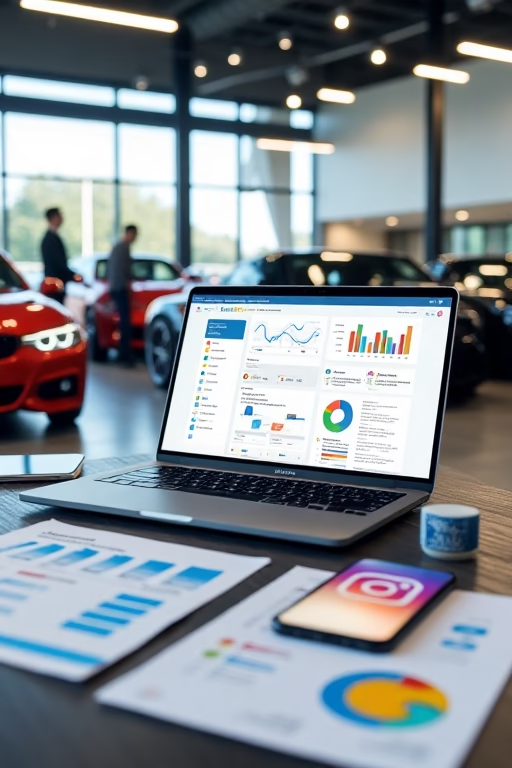
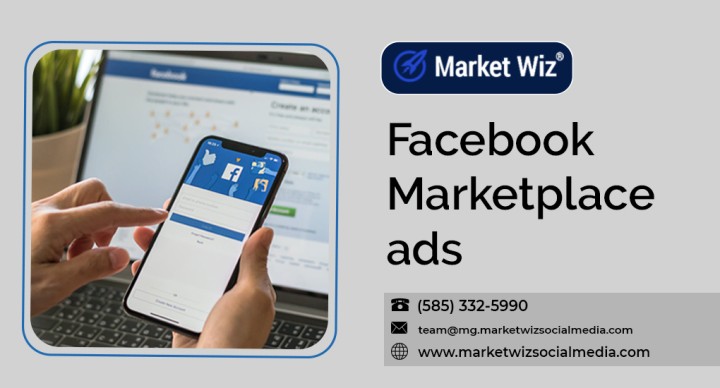
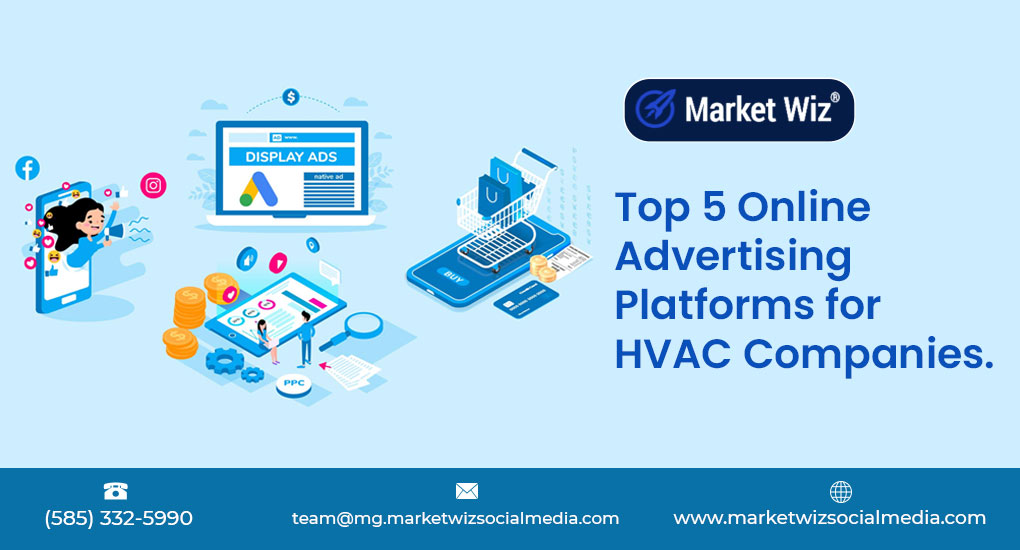
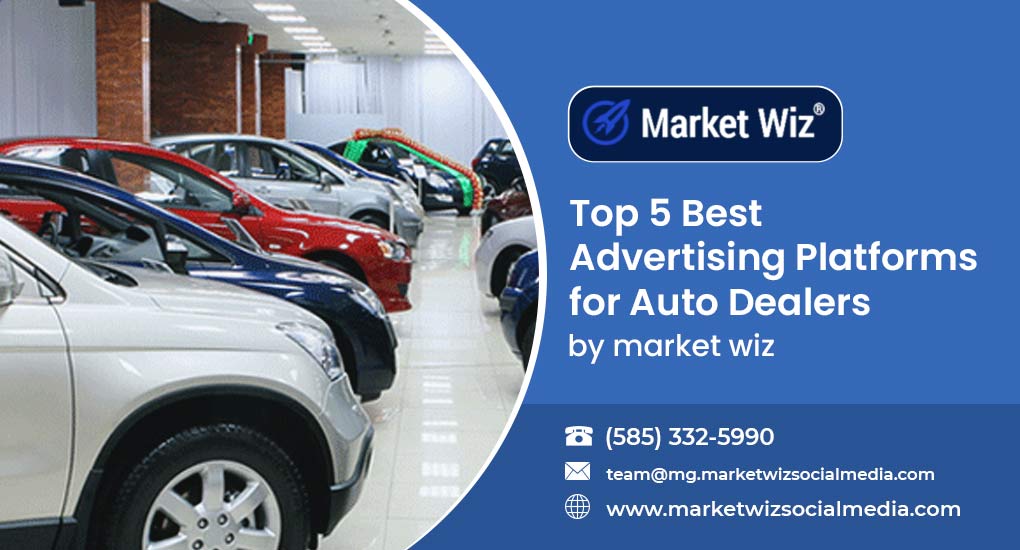
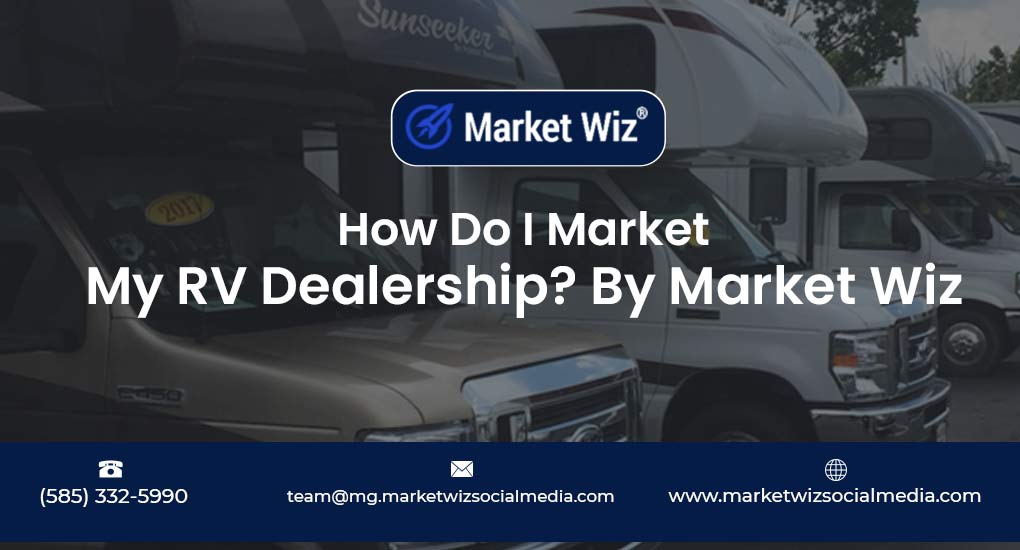



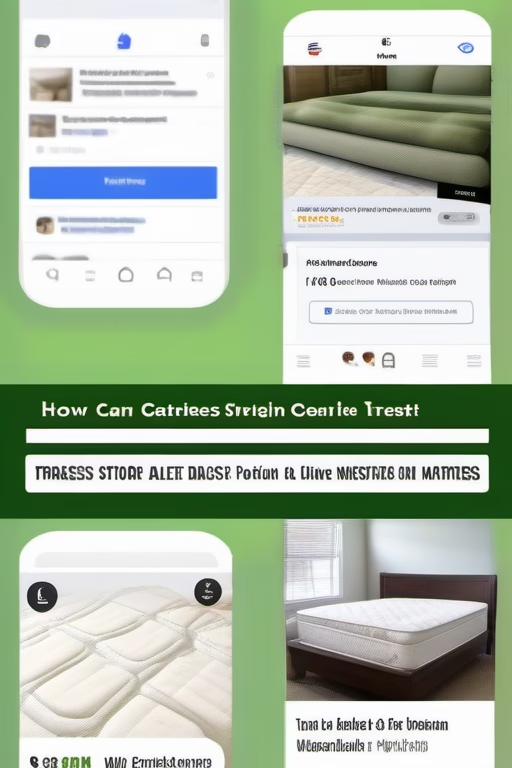







2.2 Social Media Ads
Social media advertising allows you to target specific demographics and interests, making it easier to reach potential car buyers on platforms like Facebook, Instagram, and LinkedIn.